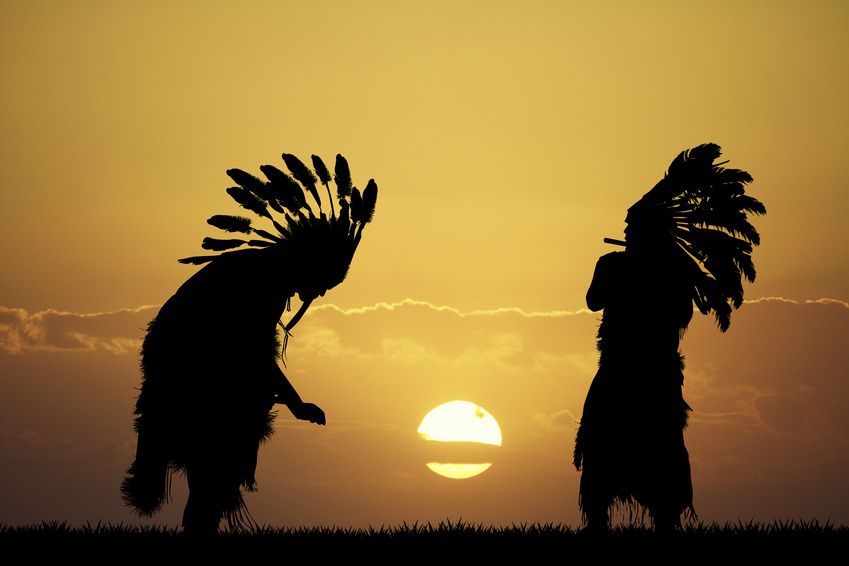Indigenous People Ask Us to Value Our Environment

As climate change looms over Earth’s entire population, its effects have already begun manifesting as catastrophes such as extreme weather patterns. The existential threat posed by climate change to all life on Earth has electrified the global environmental movement.
The threat of climate change has also created a platform for indigenous voices to once again speak truth to power and address the world’s population. Indigenous voices are insisting we change our relationship to nature into a healthy one. A healthy relationship between humans and the rest of the Earth cannot help but draw from examples set by indigenous communities. Indigenous people have always shown more love for Earth than today’s industrialized global society evidences. From laws to daily routines, indigenous life is rooted in maintaining a peaceful co-existence with nature beyond humans.
In our history there has been decades of systematic attempts at erasing the presence of indigenous cultures on every continent. Now, we are fortunate that indigenous voices still exist to teach the world how to reconnect to the natural world it has caused to be off balance. Global societies have created environmentally destructive consumerism and industrialized society has no few bodies of knowledge capable of teaching humans how to reorient themselves on the planet. Listening to indigenous voices is an essential key for collective environmental healing.
The number of indigenous based environmental groups has multiplied dramatically since the beginning of the 21st century. Groups such as Idle No More have captured popular imagination using compelling acts of direct action and present day messaging effective enough to compete for attention on social media. Just as environmental activists and concerned citizens in general are learning from the relationship indigenous culture maintains towards nature, indigenous environmental activists have adopted media savvy tricks from industrialized culture.
Idle No More was capable of shedding light on environmental issues by borrowing the social media trend called a flash mob. The basic concept uses digital technology to alert a large group of like-minded but disconnected individuals about a location and time for mass assemblies. A flash mob is only possible in the age of social media. Typically, this concept has been used by teens and young adults for lighter purposes such as impromptu parties. Idle No More turned the concept into a tool for raising mass awareness about environmental destructions.
Calling on strangers and fellow indigenous alike to assemble at symbolic sites of consumerism, such as shopping malls, Idle No More leads impromptu assemblies in meditative acts of nonviolent. Once occupied, traditional indigenous musicians fill these spaces with the rhythms of indigenous culture and messages for the general public about the need to reorient humanities relationship towards the Earth.
To learn more about the voices of indigenous people in the battle to confront environmental destructions, there are plenty of online sites dedicated to promoting indigenous groups with shared concerns for the Earth. Indigenous Environmental Network is a good place to begin for newcomers. The site promotes Idle No More and a spectrum of other dynamic indigenous environmental groups. Peace, love and action to create another world is already stewing. Listen.
(The Great Gathering is not connected to Idle No More and its movement. This article was created to share the environmental perspective of how Indigenous people are beginning to make their voices heard in regard to these issues.)




